Should I stop spreading fertiliser?
The risk of losing nitrogen to the atmosphere in the current conditions is low, but it is still advised to stop spreading fertiliser until rain is forecast and normal conditions return. This is because there will be a big uptake of nitrogen when the rain does come and it could sour the grass. CAN is the most stable fertiliser to use in dry conditions.
What animals should I feed meal to?
Silage will suffice for suckler cows, calves should be offered creep at the rate of 2kg/head/day. Cattle close to finish should be drafted off and fed 5kg/head/day of a finishing ration. The Tullamore Farm finishing ration is costing €255/t.
How young can I wean suckler calves?
Ideally, calves should be left with cows for a minimum of 200 days. Weaning calves probably won’t do a lot for the situation at the moment as cows will remain outdoors. If ground conditions were poor and cows had to be housed, there may be merit in weaning early and leaving calves outdoors. Calves should be offered creep feed to help supplement the diet during the current conditions. Calves over 300kg may be weaned with no negative impact to future weight gains.
How much meal can I feed to dairy cows?
The most intensive indoor farm systems rarely feed more than 50% of meal in the diet. Cows are ruminants, so they need structural fibre in the diet for good rumen health. If a cow is eating 18kg of dry matter in total, then the most meal that should be offered is 9kg to 10kg per cow per day. This will need to be given in at least three feeds. The most compound meal that should be fed is 6kg to 7kg, with the rest made up of high-fibre straights. High levels of meal feeding is risky, particularly in cows that are used to being fed low levels of meal. Increasing the level of meal or straights being fed should only be done gradually, with advice sought from a nutritionist.
How much protein is needed?
When cows are eating grass full-time, a protein composition of 12% to 14% is more than sufficient. But with other feeds in the diet, a higher protein composition in the ration will be necessary to keep the diet balanced at 15% to 16%.
What are the alternatives to compound rations?
The main alternatives to compound rations, which can also be fed in addition to compound rations, are soya hulls and palm kernel expeller. Neither are fantastic feeds but they do serve a purpose where forage is scarce. Soya hulls is very high in fibre and low in protein (10%). Palm kernel is high in fibre and reasonably high in protein (14%). There is more energy in soya hulls. Citrus pulp is very low in protein and fibre but is high in energy.
Should I graze silage ground?
If grass on the grazing block is scarce, then yes, you should graze grass that was intended for silage. It makes more sense to do this than make silage while feeding silage. At least you save on the costs of ensiling. When rain does come, grass growth rates will increase and there should be an opportunity to make silage again. Farmers with silage on outside blocks should consider zero grazing as an option. Many contractors now provide a zero-grazing service. Zero-grazed grass should be consumed 24 hours after cutting to prevent it from heating.
How can I conserve water?
Water can be conserved by checking water troughs and fittings for leaks. Hold off on washing yards that do not need to be clean. Reduce the usage of water in milking parlours by using high-pressure washers instead of high-volume washers. Don’t powerwash sheds until after the drought is over. Reuse water used in plate coolers. This can be used for washing or for drinking water for cows. Some farmers use the rinse water from the milking machine for washing down yards
What is the most appropriate level of meal to feed to lambs?
The optimum level will be influenced by grass supply and quality. Where lambs have access to some good-quality grass, then offering 300g to 500g per head daily will help stretch grass supplies at a reasonable cost. Where grass is limiting or of poor quality then higher levels of feeding will be warranted. Split lambs into groups depending on weight with the higher allocation offered to short-finish lambs. A standard high-energy cereal-based mix will suffice.
What impact can high temperatures have on bull and ram fertility?
Any excessive spikes in temperature can have a detrimental effect on the quality of semen in bulls and rams. Animals can regulate their temperature but this becomes harder if they are faced with a heavy workload, on an intensive diet or cannot access shade. On the bull side, the highest risk is in bulls that are still highly active and covering large areas or walking long distances. The greatest risk in sheep enterprises is breeding in early lambing flocks in August as semen used then will be produced six to seven weeks earlier.
Should I avoid transporting animals during peak temperatures?
The internal temperature in trailers can quickly rise far higher than external temperatures if animals are transported in close confines. There is a particularly high risk of lambs lying down and smothering. Target transporting animals early in the morning or late in the evening and adjust stocking rates accordingly by 20% to 30%. Reduce stress and ensure animals have access to water when required.




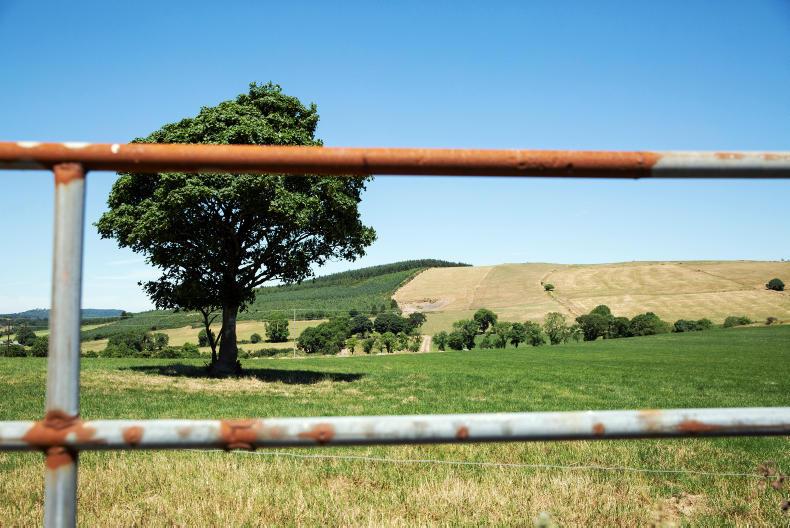
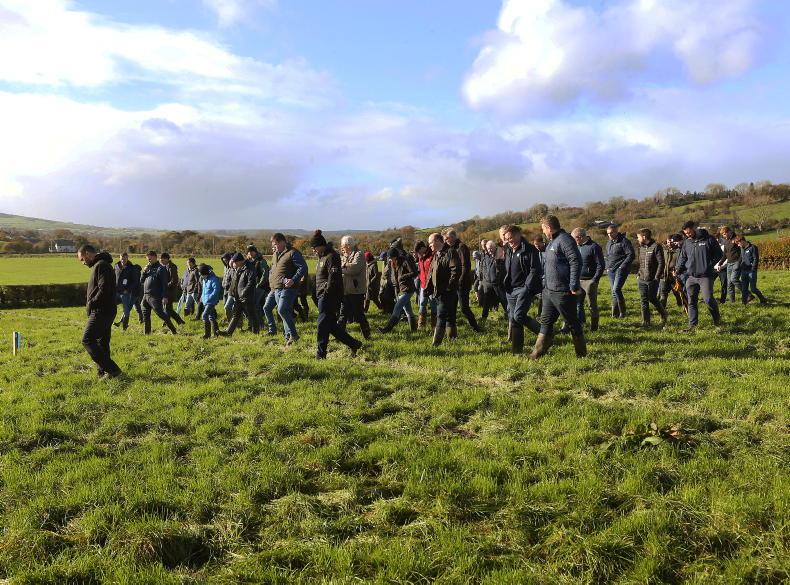
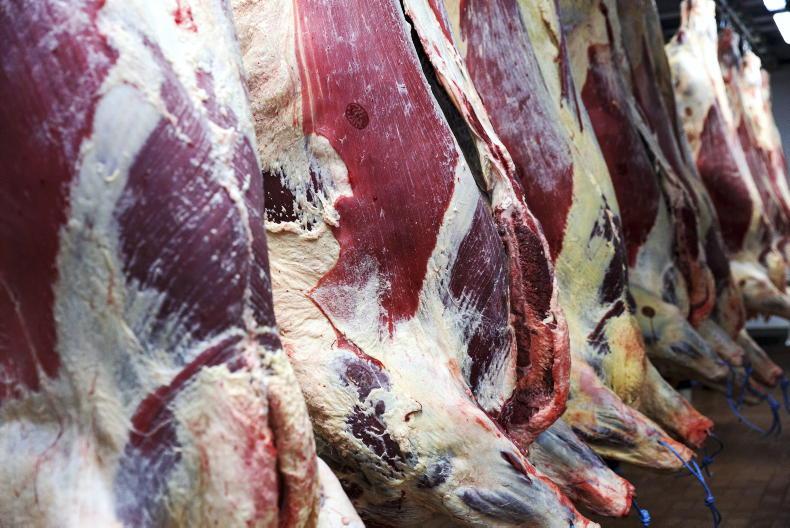
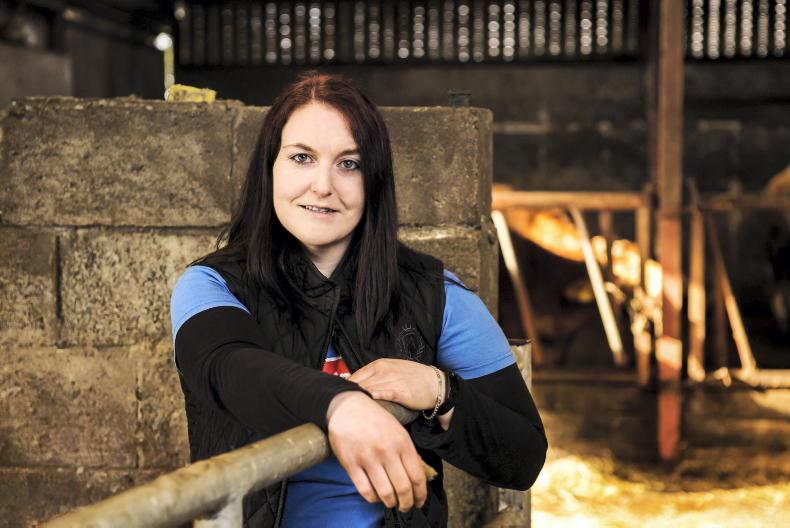
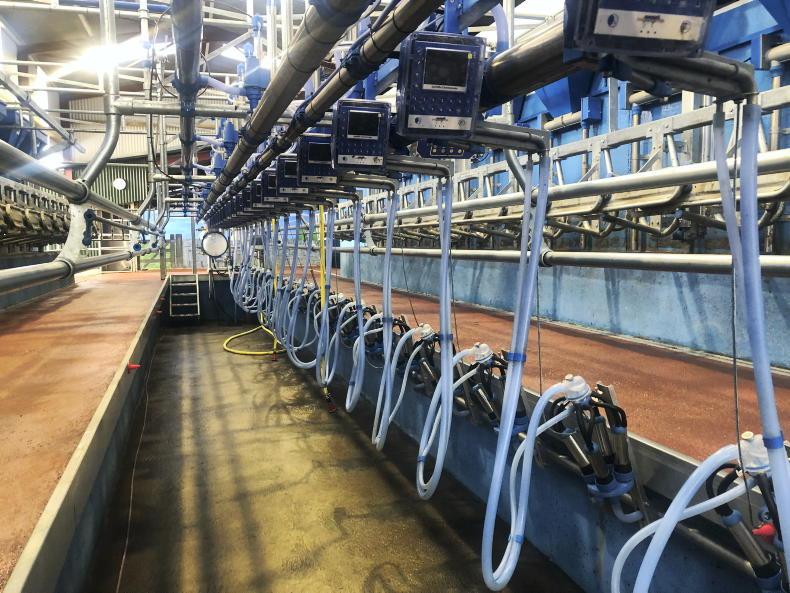
SHARING OPTIONS